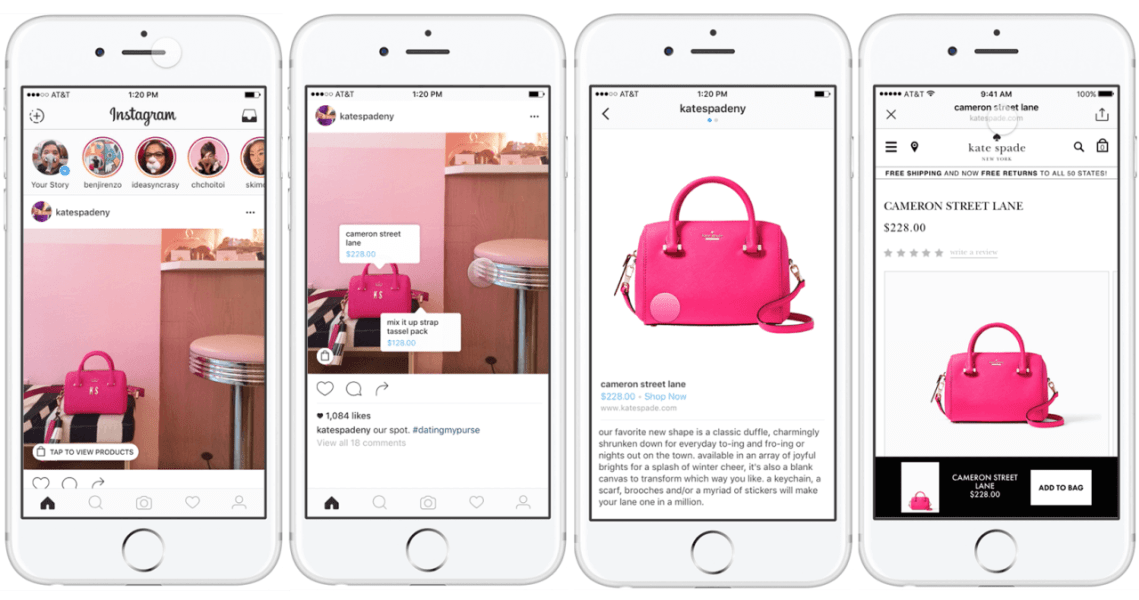Each quarter, the Glossy team explores emerging industry trends and topics in our member-exclusive research reports.
Introduction:
Since its inception in 2011, Instagram has revolutionized the way the world thinks, interacts and shops. But the platform hasn’t just democratized the fashion and beauty industries, providing emerging labels with access to customers and a certain cache that was once reserved for mass retailers and luxury conglomerates — it’s also influenced how brands big and small design, connect and grow. It’s become the ultimate marketing tool.
Though social media is a crowded and competitive space, it’s through Instagram that fashion and beauty brands have garnered insight into what’s needed to start and maintain a viable company. The Instagram Effect, however, goes beyond selling product (though that is, of course, the main priority). It’s helped foster diversity, inform collection schedules, shape visual direction, encourage transparency and birth the influencer. Instagram has empowered the consumer to feel like they have a say, creating a new standard for customer service that’s founded on an open dialogue of comments and direct messages.
As Instagram continues to roll out new capabilities — Stories, Live, video, commerce — brands are experimenting with varying ways they can continue to build an identity and a community, and boost engagement. And with that comes reevaluating the resources needed to maintain a strong Instagram presence: dedicated teams, allotted budgets, time to actually craft a personalized response to every inquiry. Instagram is no longer a supplement to brand identity, but it’s an essential part of the business.
Beautiful pictures and compelling captions, however, are just part of the puzzle. Cracking the influencer code can make or break a brand. Though users are constantly discovering — and buying — new products through their feeds as a result of paid programs, gifting and pure organic exposure, there are difficulties proving a return on investment. How can a company measure actual “influence”? And by doubling-down on influencer strategies as a necessary contribution to growth, how confident are brands in the lasting power and sustainability of it all?



